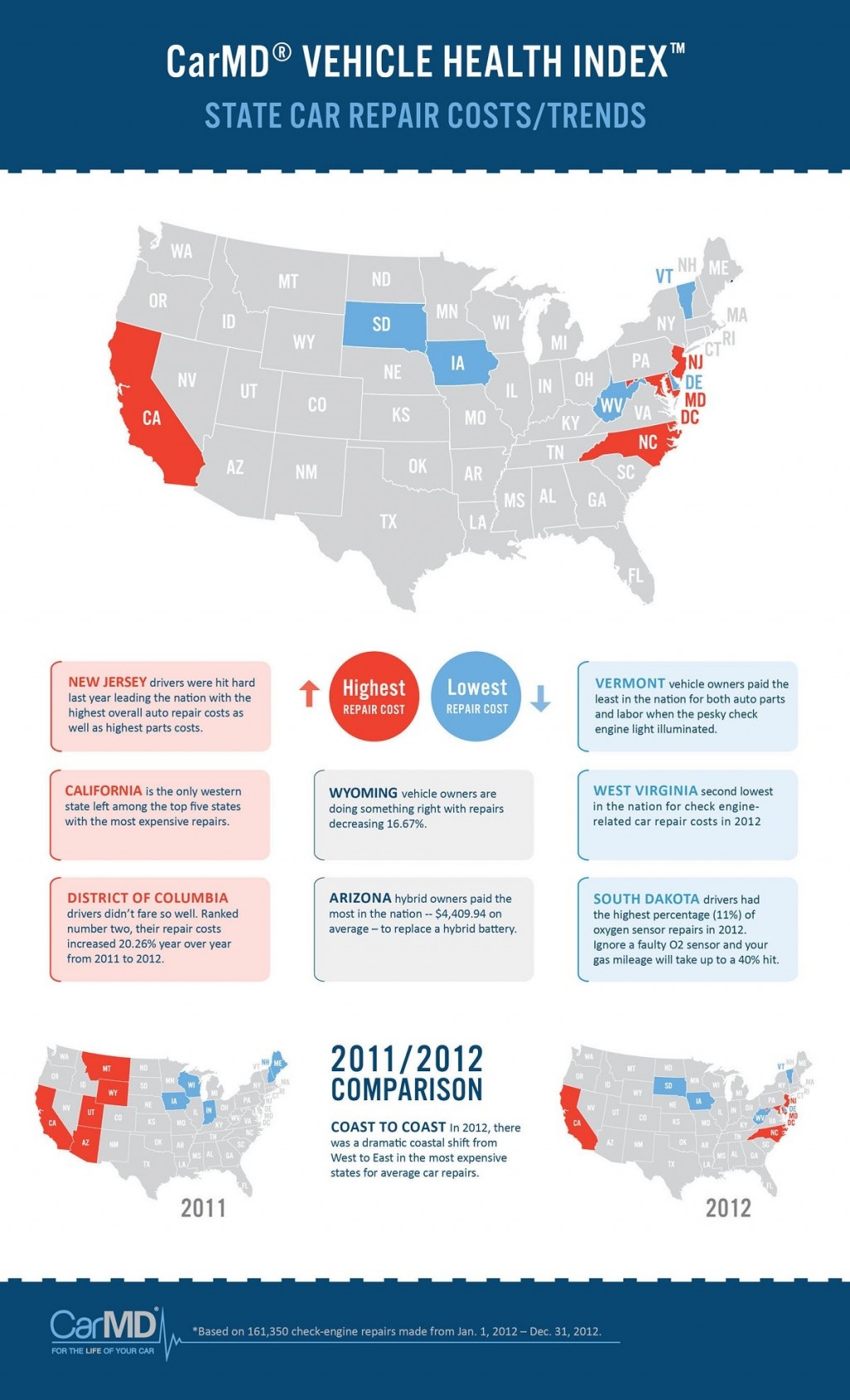Analyzing Your Automobile'S Warning Indicators: What They Really Convey
Analyzing Your Automobile'S Warning Indicators: What They Really Convey
Blog Article
Authored By- dry ice car cleaning
When you lag the wheel, those beautiful caution lights on your dashboard can be a little bit complicated. Do you know what they're attempting to tell you regarding your cars and truck's health? Recognizing the value of these lights is crucial for your safety and security and the long life of your lorry. So, the following time among those lights turns up, would not you want to decode its message properly and take the required steps to address it?
Common Caution Lights and Interpretations
Recognize common caution lights in your car and recognize their definitions to guarantee secure driving.
One of the most typical caution lights include the check engine light, which signals concerns with the engine or emissions system. If this light comes on, it's essential to have your car inspected quickly.
The oil pressure advising light suggests low oil stress, calling for prompt attention to avoid engine damages.
A blinking battery light may suggest a faulty billing system, potentially leaving you stranded otherwise dealt with.
The tire stress surveillance system (TPMS) light notifies you to reduced tire stress, influencing automobile security and gas performance. Disregarding view can lead to unsafe driving conditions.
The abdominal muscle light indicates a problem with the anti-lock stopping system, compromising your capacity to stop swiftly in emergencies.
Lastly, the coolant temperature level warning light warns of engine overheating, which can cause serious damage otherwise resolved quickly.
Recognizing these typical caution lights will certainly help you deal with problems immediately and preserve secure driving conditions.
Importance of Prompt Interest
Understanding the common warning lights in your car is just the primary step; the significance of immediately attending to these cautions can't be highlighted sufficient to ensure your safety on the road.
When a caution light illuminates on your dashboard, it's your automobile's way of connecting a prospective issue that needs focus. Overlooking these warnings can result in extra extreme problems down the road, jeopardizing your security and possibly costing you a lot more out of commission.
Trigger interest to cautioning lights can protect against breakdowns and crashes. For example, a blinking check engine light might suggest a misfire that, if left ignored, can create damages to the catalytic converter. Addressing this quickly can conserve you from a costly repair service.
Likewise, a brake system warning light could signal reduced brake liquid or used brake pads, crucial parts for your safety when driving.
DIY Troubleshooting Tips
If you observe a warning light on your dashboard, there are a few DIY troubleshooting pointers you can try prior to seeking expert aid.
The first step is to consult your cars and truck's guidebook to comprehend what the details caution light suggests. In some cases the issue can be as straightforward as a loose gas cap activating the check engine light. Tightening up the gas cap may resolve the trouble.
browse this site is a reduced battery, which can activate various advising lights. Inspecting the battery connections for deterioration and ensuring they're safe and secure might fix the problem.
If a warning light continues, you can attempt resetting it by detaching the car's battery for a few mins and afterwards reconnecting it. In addition, inspecting your automobile's fluid degrees, such as oil, coolant, and brake fluid, can aid repair advising lights associated with these systems.
Conclusion
In conclusion, understanding your auto's warning lights is essential for keeping your vehicle running efficiently and safely. By immediately attending to these notifies and understanding what they imply, you can stay clear of expensive repair services and potential break downs.
Keep in mind to consult your car's manual for specific information on each advising light and act appropriately to make sure a trouble-free driving experience.
Stay notified, remain secure when traveling!
